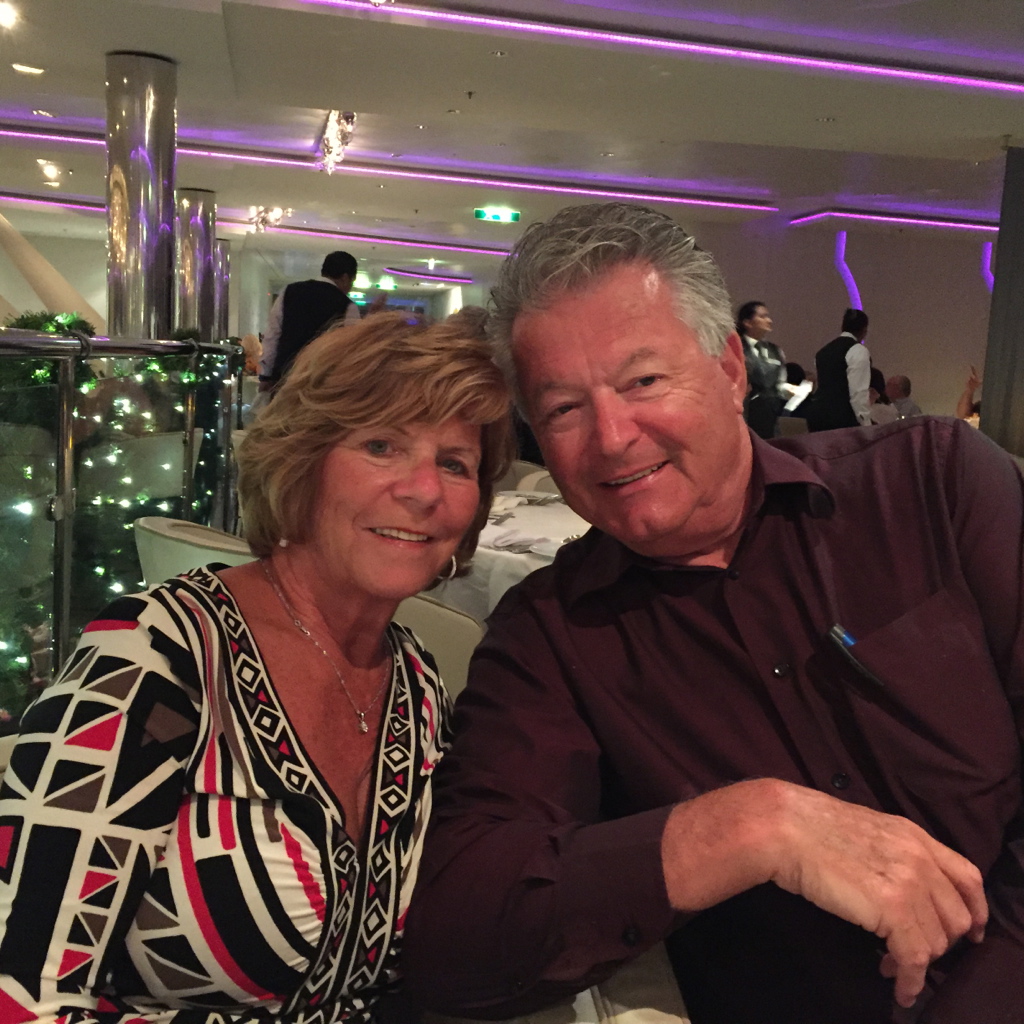A father, a grandfather, a great-grandfather. A lover of life, a master of one-liners and a caring husband of 58 years.

Keith Harker of Bedford, N.S., was all of those things and many more, according to his widow, Simone Harker.
“I found out after he passed how much he was loved, because everyone’s comments were how wonderful a man he was,” she said. “He was really, really, a wonderful man.”
Keith died in late July, sitting in a wheelchair in the lobby of the Cobequid Community Health Centre’s emergency room, waiting to receive care. He was 78.
“I relive it all the time,” Simone said of the fateful day on July 22.
Keith had diabetes for nearly 40 years. The night before he died, he hadn’t been feeling well and his sugars had been high recently. He had an appointment to see a doctor on the following Monday.
He was still well enough to see some friends the evening of July 21. It was a different story the next day.
“That morning, he couldn’t even sit up in bed,” Simone recalled.
With the help of two family members, they were able to get him into a wheelchair and take him to the emergency department at the Cobequid Community Health Centre in Sackville.
“I looked in there, and it was packed,” she said.
‘He was gone’
It was about 9:30 in the morning when they arrived. As her husband vomited into a bucket they brought — and later, a bag provided by hospital staff — they waited for about two hours for him to be triaged.
When they tested, his blood pressure, sugars and ketones all were very high.
Sitting at a second triage window, he was still vomiting, but what was coming out had turned white.

Get weekly health news
“Then, all of a sudden, his head went down,” Simone said, dropping her own head forward to demonstrate.
“And I lifted his mask and he was frothing at the mouth and his skin started to change colours immediately, and I screamed.”

Hospital staff rushed out and spent a half-hour trying to resuscitate him, but at that point, it was too late.
“He was gone,” she said.
Simone said that as they waited, she tried to explain to the hospital staff how quickly her husband’s health had taken a turn, and even pleaded with a paramedic who was there to see if they could take him in an ambulance to another hospital.
“She said, ‘He’s going to have to wait somewhere, he may as well wait here,’” Simone said tearfully.
She was clear that she did not blame the hospital staff, who seemed overworked and appeared to be doing their best in the crowded ER. But she questioned how the triaging system worked and said her husband should have been seen much sooner.
“When I looked around the room, there were so many people — some of them were laughing and joking and sitting,” she said, adding that a girl who appeared to have a sprained ankle was before them in line.
“I’m thinking, there has to be some serious illnesses here, why are they just going as they come?”
Health authority responds
Simone said it was difficult for her to come forward with her story, but after hearing about people who have gone through similar things — like Anne MacPhee, whose husband died after waiting 40 minutes for an ambulance — she feels like she has to speak out.
She also said she “lost a lot of people” in the last few years due to what she sees as a broken health-care system.
“I lost my daughter six years ago this month because she was not diagnosed properly. And when she was, she had ovarian cancer, stage four, and she lasted eight months. I lost three siblings after that. Our system is not working,” she said.
“And now I’ve lost my husband. They have to make some changes.”
In a statement, Nova Scotia Health spokesperson Brendan Elliott said the hospital uses the Canadian Triage and Acuity Scale, where patients presenting at the emergency room are assigned a triage level between 1 and 5, from most serious to least serious.
“It is important to note the initial intake of a patient at the admitting station does not necessarily reflect the order in which they will receive care. Someone could arrive with an arm injury and be admitted first but would not be seen by a health care professional until all other more serious patients are seen,” he said.
“Occasionally, lower acuity patients are seen before higher acuity patients depending on the availability of appropriate care areas. For example, the person with an injured arm might be seen in an available chair in the hallway while a higher acuity patient with abdominal pain may need to wait for a bed to become available.”
He said there is no way for people who need immediate care to get moved up in line to be triaged.
“There is no process to triage who gets triaged first,” he said. “First come, first served at the triage desk to determine who actually gets treated first.”
Simone said she wants to see some more creative and effective ways of getting seriously ill patients to their triage level sooner. With an election on Tuesday, she hopes for major changes from whoever forms the next provincial government.
She said the older generations are feeling the brunt of these issues and worries about what this means for younger people.
“We’ve paid our taxes, we’ve paid our dues, and now when we need help, they’re not there for us,” she said.
“And what does this say to the young people coming up, what do they have to look for?”
Simone hopes her story will help bring more awareness to the crisis in Nova Scotia’s health-care system and pressure the government to make much-needed changes.
“If I can make some noise and help somebody else, Keith wouldn’t have died in vain.”










Comments